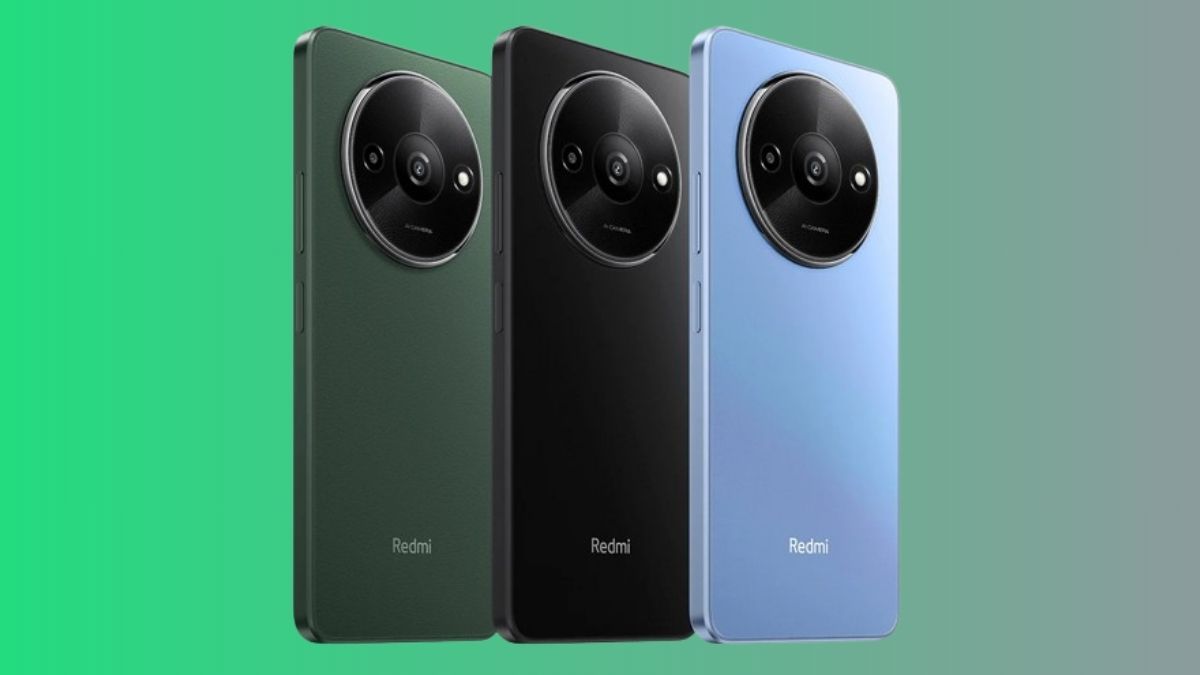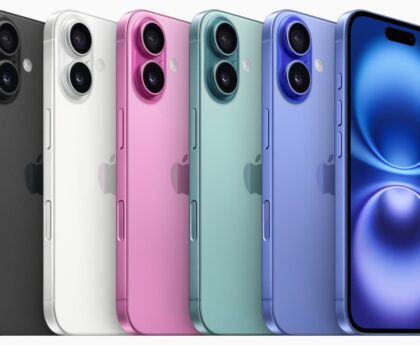In the crowded world of smartphones, where competition is fierce and innovation drives consumer demand, Poco has made a significant mark. Launched initially as a sub-brand of Xiaomi, Poco set out to challenge the industry norm by offering high-performance smartphones at budget-friendly prices. Today, Poco C61is known for delivering incredible value without compromising on essential features such as performance, display, and battery life. This article explores why Poco smartphones are highly regarded and how they cater to a wide range of users, from gamers to casual users looking for value for money.
Design and Build Quality
Poco smartphones are designed with practicality in mind but with enough style to appeal to modern consumers. The design approach varies from one model to another, but the phones generally exhibit a modern aesthetic with clean lines and vibrant colors. Despite their budget positioning, Poco phones don’t look cheap. They often incorporate sturdy materials, such as polycarbonate backs that mimic glass, offering a polished appearance without the fragility of glass or the high cost of metal.
Take the Poco X3 Pro, for example. It sports a sleek design with a unique stripe running down the center, flanked by a matte finish that helps reduce fingerprints. The phone is relatively lightweight for its size, making it comfortable to hold for extended periods. The quality of craftsmanship ensures that Poco phones can withstand regular wear and tear while still looking good.
Display Quality
In terms of display, Poco punches well above its weight. Most Poco models come equipped with Full HD+ resolutions, which offer sharp, clear visuals suitable for watching videos, browsing social media, and playing games. Many models in the mid-range category, like the Poco X5 Pro, even feature AMOLED displays with high refresh rates of 120Hz, providing a smooth and immersive user experience.
The quality of the display is a major selling point for Poco, particularly among users who spend a lot of time streaming content or gaming. AMOLED panels ensure vivid colors and deep blacks, enhancing the viewing experience, while the high refresh rate is a favorite among gamers looking for smooth, lag-free performance. For example, when gaming or scrolling through apps, the difference is immediately noticeable, making the overall experience much more fluid.
Performance and Processing Power
Poco’s performance capabilities are arguably its biggest draw. Built with high-performance chipsets from Qualcomm and MediaTek, Poco phones consistently offer top-tier processing power at a fraction of the price of flagship devices. The Poco F series, in particular, is known for its performance, often sporting flagship-grade processors like the Snapdragon 870 or 888, which provide excellent speed and responsiveness.
The Poco F4 GT, for instance, is geared toward gamers, equipped with a Snapdragon 8 Gen 1 processor, a massive 12GB of RAM, and an advanced liquid cooling system to ensure smooth performance during intensive gaming sessions. Multitasking on Poco devices is also seamless, thanks to ample RAM and fast storage, allowing users to switch between apps without any noticeable lag.
For more budget-conscious users, the xiaomi poco c61 series offers solid performance, with models like the Poco M5 powered by the MediaTek Helio G99 chipset. It’s designed for casual users who still want decent performance for everyday tasks like browsing the web, social media, and light gaming. Poco’s ability to deliver powerful hardware at lower prices makes them one of the best options in the mid-range market.
Battery Life and Charging
Poco smartphones are also known for their impressive battery life. Most models are equipped with large batteries—typically around 5000mAh—that can easily last a full day on a single charge, even with heavy use. This makes Poco phones particularly appealing to gamers, frequent travelers, and those who spend long hours away from a charger.
In addition to long-lasting batteries, many Poco models come with fast-charging capabilities. The Poco F4, for example, supports 67W fast charging, allowing the phone to be charged from 0 to 100% in under an hour. This feature is a game-changer for users who need to quickly recharge their devices during short breaks.
Poco’s attention to battery life and charging speeds ensures that their devices can keep up with the fast-paced demands of modern users without sacrificing performance or convenience.
Camera Quality
Although performance is Poco’s primary focus, the brand hasn’t neglected camera quality. Most Poco models come with multi-camera setups, including wide-angle, ultra-wide, macro, and depth sensors. While they may not be on par with premium flagships from competitors, Poco cameras are more than adequate for casual photography and social media sharing.
The Poco X5 Pro, for instance, features a 108MP primary camera, which captures detailed and sharp images in good lighting conditions. The ultra-wide and macro lenses provide additional versatility, allowing users to experiment with different photography styles. While low-light performance can sometimes be lacking compared to higher-end phones, the inclusion of Night Mode helps to improve results in challenging lighting conditions.
Video recording capabilities are also notable, with many Poco phones offering 4K recording at 30fps. This makes them suitable for vlogging or capturing high-quality videos for social media. Overall, while not the best in the market, Poco’s camera systems provide solid value for the price, appealing to users who want good quality without the flagship price tag.
Software and User Interface
Poco smartphones run on MIUI, Xiaomi’s custom Android-based skin. MIUI is packed with features, including advanced customization options, theme support, and a host of useful tools for everyday use. However, some users may find MIUI’s interface a bit overwhelming due to the inclusion of pre-installed apps and occasional advertisements. Fortunately, most of these can be uninstalled or disabled.
Poco has attempted to streamline the experience with the Poco Launcher, which offers a cleaner, more minimalistic user interface compared to Xiaomi’s standard MIUI. The launcher includes an app drawer, which helps to declutter the home screen and makes navigation more intuitive. Overall, while MIUI may not be for everyone, it offers plenty of features for users who enjoy tinkering with their phone’s settings.
Price and Competitiveness
One of Poco’s defining characteristics is its aggressive pricing strategy. Whether it’s the flagship F series or the budget-friendly M series, Poco consistently offers more features for the price than many of its competitors. For instance, the Poco F4 GT, with its gaming-centric features and top-tier performance, is priced much lower than flagship phones with similar specifications from brands like Samsung or Apple.
Even the budget models, such as the Poco M5, deliver solid performance, battery life, and a decent camera system at a much lower price point than other mid-range options on the market. Poco’s ability to undercut competitors on price while maintaining quality has helped it build a loyal fanbase and continue to grow in popularity globally.
Conclusion
Poco has firmly established itself as a go-to brand for users looking for a combination of power, performance, and affordability. From sleek designs and vibrant displays to top-tier processors and long-lasting batteries, Poco phones offer incredible value for money. While there are some compromises in areas like camera quality and software experience, these are often outweighed by the sheer performance capabilities and pricing of the devices.
For consumers seeking a high-performance phone without the flagship price tag, Poco remains a top choice in the market. Whether you’re a gamer, content creator, or simply looking for a reliable daily driver, Poco has something to offer in almost every price segment. With its winning formula of performance, affordability, and value, Poco continues to challenge the status quo in the smartphone industry.



